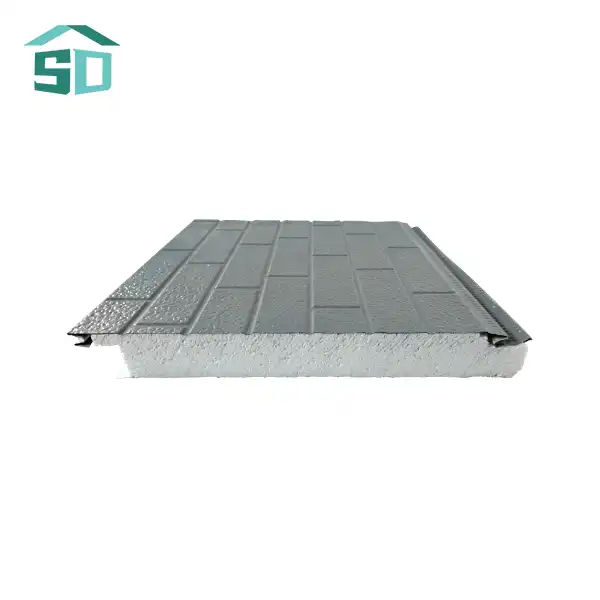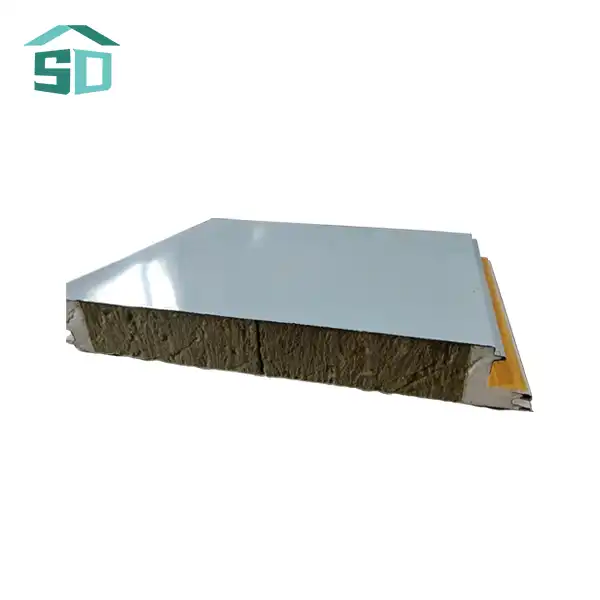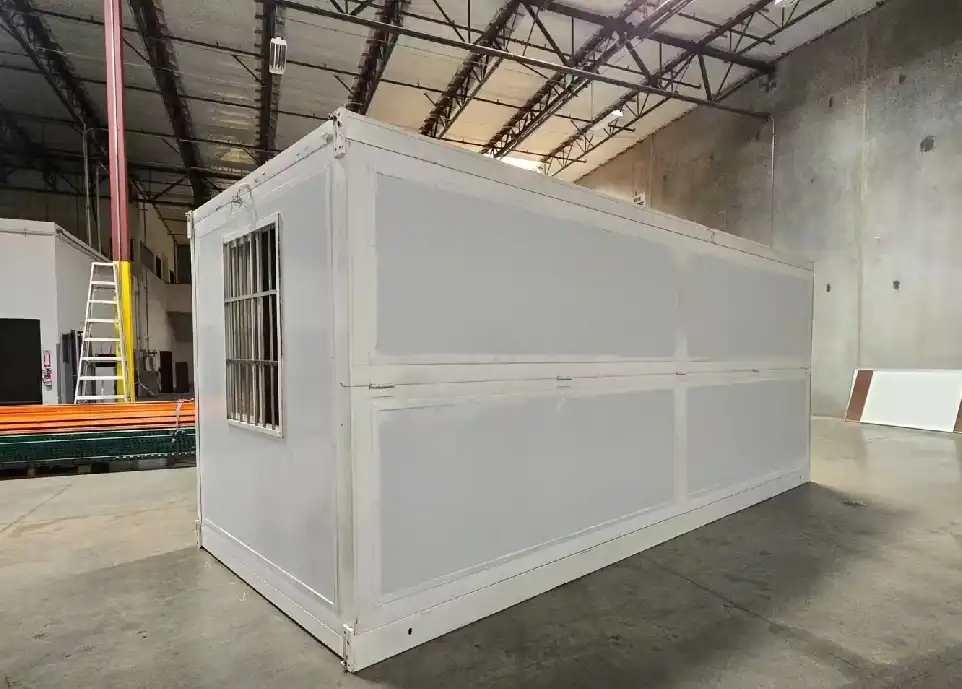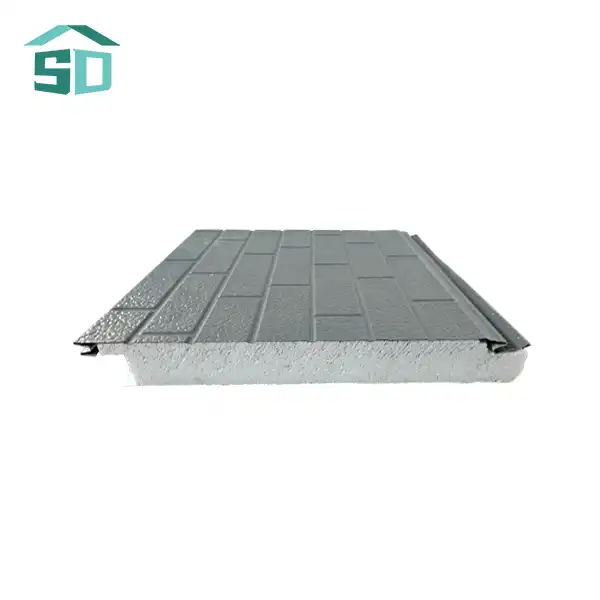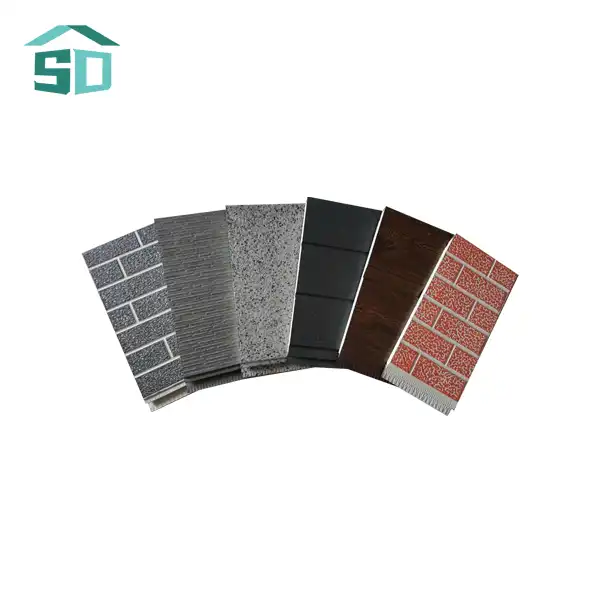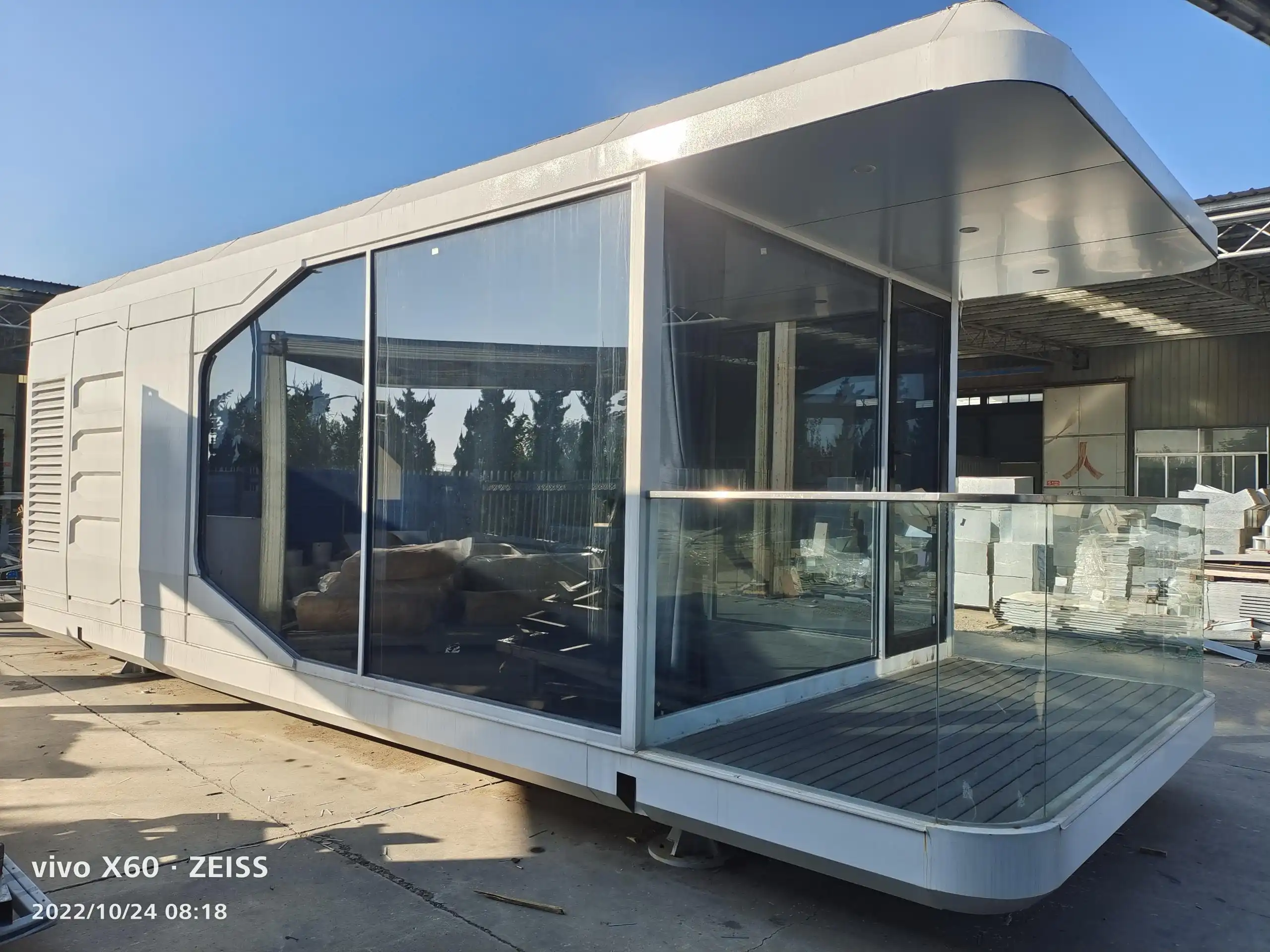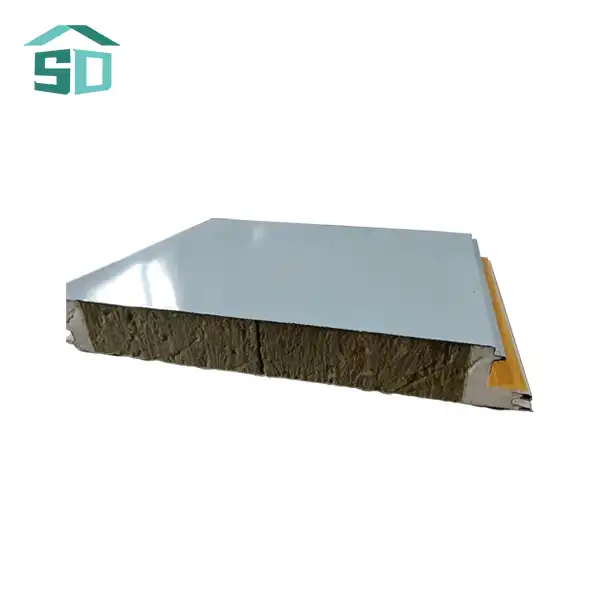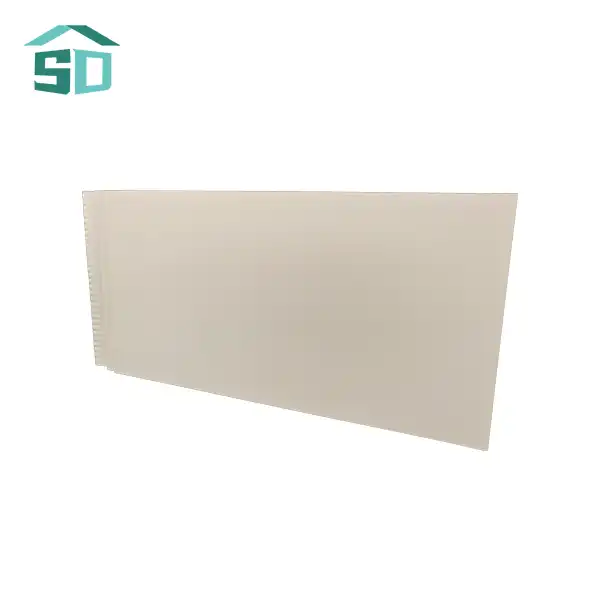Understanding Moisture Issues in Buildings
Moisture problems in buildings are a common yet serious concern that can lead to a host of issues if left unaddressed. These problems often stem from various sources, including water vapor from daily activities, ground moisture, and external weather conditions. When moisture accumulates within a building's structure, it can result in mold growth, wood rot, and deterioration of building materials.
One of the primary culprits behind moisture issues is inadequate insulation and poor vapor control. Traditional building methods may leave gaps or create thermal bridges that allow moisture to penetrate and condense within walls. This is where thermal wall panels come into play, offering a comprehensive solution to these age-old problems.
The Science Behind Moisture Control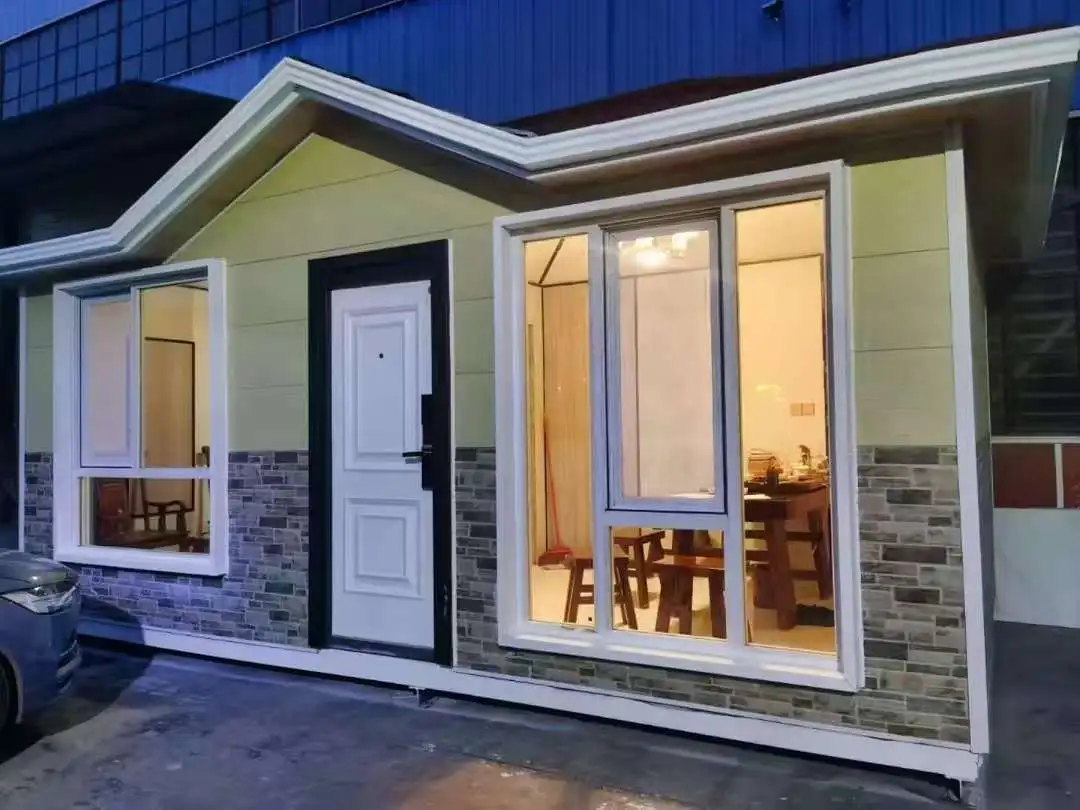
To truly appreciate how thermal wall panels combat moisture issues, it's essential to understand the science of moisture movement in buildings. Moisture typically moves from areas of high concentration to low concentration and from warm areas to cool areas. This movement occurs through three main mechanisms: diffusion, air movement, and capillary action.
Thermal wall panels are designed to address all these mechanisms. They create a continuous insulation layer that minimizes temperature differentials across the wall assembly, reducing the risk of condensation. Additionally, their tight seams and integrated vapor barriers help control air movement and moisture diffusion, effectively sealing the building envelope against unwanted moisture intrusion.
The Role of Thermal Wall Panels in Moisture Management
Thermal wall panels play a crucial role in managing moisture within buildings. These panels are engineered to provide a seamless barrier against both heat transfer and moisture infiltration. By combining high-performance insulation materials with vapor-resistant layers, thermal wall panels create a formidable defense against moisture-related issues.
One of the key features of thermal wall panels is their ability to maintain a consistent temperature across the wall surface. This uniform temperature distribution significantly reduces the risk of condensation, which occurs when warm, moist air comes into contact with cooler surfaces. By eliminating these cold spots, thermal wall panels help prevent the formation of moisture that can lead to mold growth and structural damage.
Composition and Functionality
The effectiveness of thermal wall panels in moisture management lies in their carefully designed composition. These panels typically consist of a core insulation material, such as polyurethane or mineral wool, sandwiched between two metal facings. The insulation core provides excellent thermal resistance, while the metal facings offer durability and act as a vapor barrier.
The insulation core of thermal wall panels is often made of closed-cell foam, which has inherent moisture-resistant properties. This foam structure not only prevents water absorption but also inhibits the passage of water vapor through the panel. The result is a highly effective moisture barrier that works in tandem with the panel's thermal insulation properties.
Installation and Integration
The installation process of thermal wall panels is crucial for their effectiveness in moisture management. When properly installed, these panels create a continuous insulation layer with minimal thermal bridges. This seamless integration is vital for preventing moisture infiltration and ensuring optimal performance.
During installation, special attention is given to sealing joints and penetrations. High-quality sealants and gaskets are used to create airtight and watertight connections between panels and at interfaces with other building components. This meticulous approach to installation ensures that the thermal wall panel system functions as a cohesive unit in managing moisture and temperature.
Benefits and Limitations of Thermal Wall Panels for Moisture Control
Thermal wall panels offer numerous benefits when it comes to moisture control in buildings. Their integrated approach to insulation and moisture management provides a comprehensive solution that addresses multiple aspects of building envelope performance. However, like any building technology, thermal wall panels also have certain limitations that should be considered.
Advantages in Moisture Management
One of the primary advantages of thermal wall panels is their ability to create a consistent thermal barrier. This uniform insulation helps prevent temperature variations that can lead to condensation and moisture accumulation. The panels' structure also incorporates vapor barriers, which effectively control moisture diffusion through the wall assembly.
Another significant benefit is the reduction of air leakage. The tight-fitting nature of thermal wall panels, when properly installed, minimizes gaps and cracks that could allow moist air to penetrate the building envelope. This air sealing capability not only enhances moisture control but also improves overall energy efficiency.
Potential Limitations
While thermal wall panels are highly effective in managing moisture, they are not a panacea for all moisture-related issues. In cases of severe water intrusion or flooding, additional measures may be necessary to protect the building. It's also important to note that the effectiveness of thermal wall panels relies heavily on proper installation and maintenance.
Another consideration is the initial cost. While thermal wall panels can offer long-term savings through improved energy efficiency and reduced maintenance, the upfront investment may be higher compared to traditional insulation methods. However, many building owners find that the benefits outweigh the initial costs, especially in climates prone to moisture issues.
Conclusion
Thermal wall panels have proven to be a highly effective solution for addressing moisture issues in buildings. Their integrated approach to insulation and moisture management provides comprehensive protection against condensation, mold growth, and structural damage. By creating a seamless thermal barrier and controlling vapor diffusion, these panels significantly enhance the overall performance of building envelopes.
While not without limitations, the benefits of thermal wall panels in moisture control are substantial. They offer a proactive approach to building moisture management, contributing to healthier indoor environments and more durable structures. As building technology continues to evolve, thermal wall panels stand out as a valuable tool in the ongoing effort to create more resilient and efficient buildings. For more information on how thermal wall panels can benefit your building project, please contact us at info@sdqsc.com. Our team of experts is ready to help you find the perfect solution for your moisture management needs.
FAQ
How do thermal wall panels compare to traditional insulation methods in terms of moisture control?
Thermal wall panels offer superior moisture control compared to traditional methods due to their integrated design, which combines insulation with vapor barriers. They provide a more consistent thermal barrier and better air sealing, reducing the risk of condensation and moisture infiltration.
Can thermal wall panels be used in both new construction and renovation projects?
Yes, thermal wall panels are versatile and can be used in both new construction and renovation projects. They are particularly beneficial in retrofitting older buildings to improve energy efficiency and moisture management.
What maintenance is required for thermal wall panels to ensure long-term moisture control?
Thermal wall panels generally require minimal maintenance. However, regular inspections of seals and joints, especially around openings, are recommended to ensure the system remains airtight and watertight. Any damage should be promptly repaired to maintain optimal performance.
References
1.Building Science Corporation. (2021). "Moisture Control for Buildings."
2.U.S. Department of Energy. (2020). "Guide to Home Insulation."
3.American Society of Heating, Refrigerating and Air-Conditioning Engineers (ASHRAE). (2019). "ASHRAE Handbook—Fundamentals: Chapter 25, Heat, Air, and Moisture Control in Building Assemblies."
4.Lstiburek, J. (2018). "Understanding Vapor Barriers." Building Science Corporation.
5.National Institute of Building Sciences. (2022). "Whole Building Design Guide: Building Envelope Design Guide."
